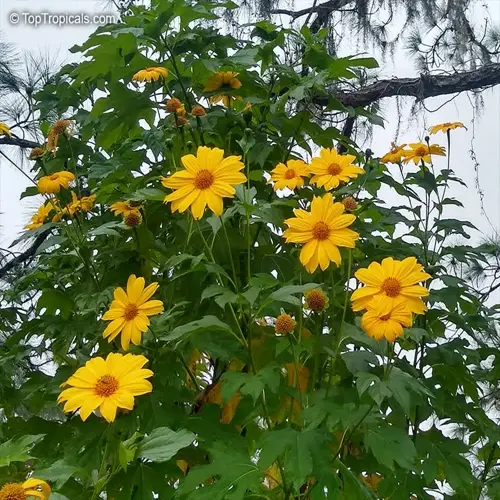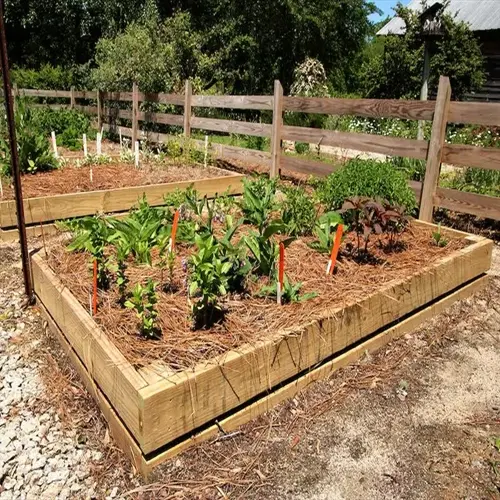Can I plant wildflowers in shady areas?

Written by
Michael Sullivan
Reviewed by
Prof. Samuel Fitzgerald, Ph.D.Shady areas are challenging for planting wildflowers since most species prefer full sun. My woodland garden struggled until I tried shade-compendium natives such as columbine and bleeding heart. These native woodland kinds prosper under filtered light conditions that would be stunting to standard meadow species.
Light Requirements
- Full shade: less than 3 hours direct sun
- Partial shade: 3-6 hours filtered light
- Measure light patterns throughout the day
- Avoid deep shade under evergreen canopies
Soil Preparation
- Test drainage: shady areas stay moist longer
- Amend heavy clay with coarse sand
- Maintain slightly acidic pH (5.5-6.5)
- Avoid fertilizers that promote leggy growth
Planting Techniques
- Sow seeds during spring thaw
- Surface-sow without covering
- Use leaf litter as natural mulch
- Space plants further for air circulation
Choose indigenous woodland species that are suitable for your area. In my Northeast garden, I have trillium and mayapple; in a Southern shade garden, spiderwort is used. Always check light needs: if it says 'partial shade', it means dappled light, not deep shade. Morning sun with afternoon shade is usually best.
Be cautious about moisture, especially when shade creates wet areas. Add sand to your soil if you have puddles. Only water when dry, because the water evaporates more slowly. Space plants to allow air to circulate and limit mildew. I use stone paths to add a local humidity buffer around my plantings.
Welcome the transitions of seasons in the shade. In the spring, the ephemeral bloom appears well before the tree's leaves. In the summer, plants tend to be more about foliage. To maintain interest, I layer plant species, for example, bloodroot wildflowers in April, followed by plants in early June that have similar leaves to hostas. This succession occurs and shows beauty even without the sun.
Read the full article: When to Plant Wildflowers: Ultimate Guide

